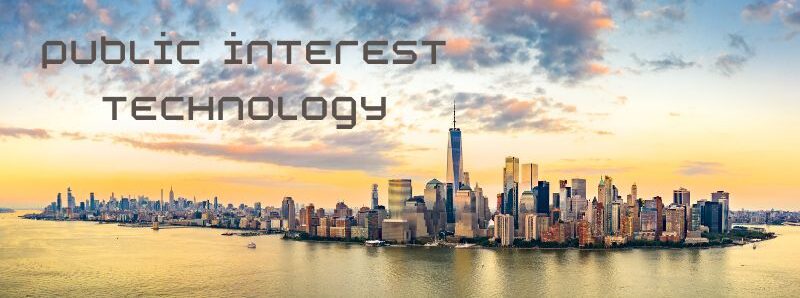Ever since I learned about Forensic Architecture, a multi-disciplinary research group that investigates human rights violations, in my Data, Culture, and Society course with Katherine Behar, I have appreciated their body of work, and I highly recommend you to check them out.
Digital Violence: How the NSO Group Enables State Terror, is one of their self-initiated projects (https://forensic-architecture.org/investigation/digital-violence-how-the-nso-group-enables-state-terror) supported by Amnesty International and The Citizen Lab. This undertaking provides the general public who have Internet access, researchers, and their legal team with “a general tool to explore relations among different types of NSO-related activities worldwide”. Forensic Architecture was initially motivated to start this project after having learnt that their close associates and past collaborators were hacked by Pegasus malware. They data-mined many human rights reports, legal documents, news articles from newspapers around the globe, and interviews with “investigators and dissenters, activists, journalists, and public figures targeted using Pegasus”.
Their project consists of an interactive digital platform built from D3 and WebGL, videos telling the stories of human rights defenders in at least 45 countries allegedly singled out by Pegasus narrated by Edward Snowden, the National Security Agency whistleblower, and “an interactive diagram and video presenting new research into the web of corporate affiliations within which the NSO Group is nested”.
Additionally, they commissioned Brian Eno to create Data Sonification, a sonic interpretation of the dataset. As the timeline slowly passes from 2010 to 2020, the horror of digital(one click success, one click attempt, zero click success, zero click attempt, network injection), contextual (related, exposure, and corporate), and physical (assassination, assault, intimidation, lawsuit, and Black Cube (which involves the threats coming from the private Israeli intelligence company named Black Cube) events is conveyed through synced dissonant, eerie sounds. I appreciate how expansive this data journalism project is and how Forensic Architecture is working directly with the community of human rights. This shows how people from various disciplines (e.g. art, architecture, activism, and data journalism) can collaborate to reveal corruption on a global scale whilst bringing these crimes to public attention.


